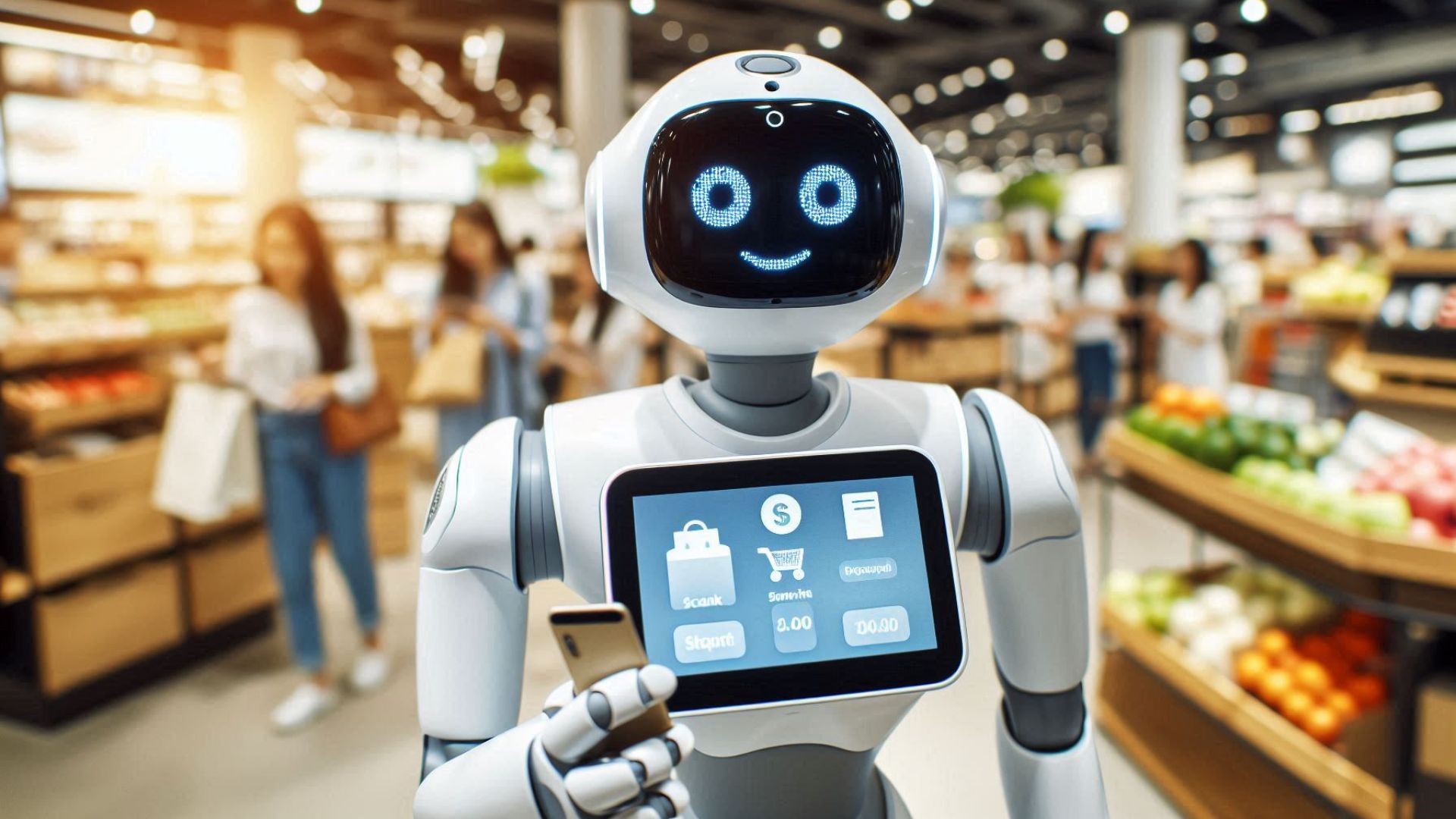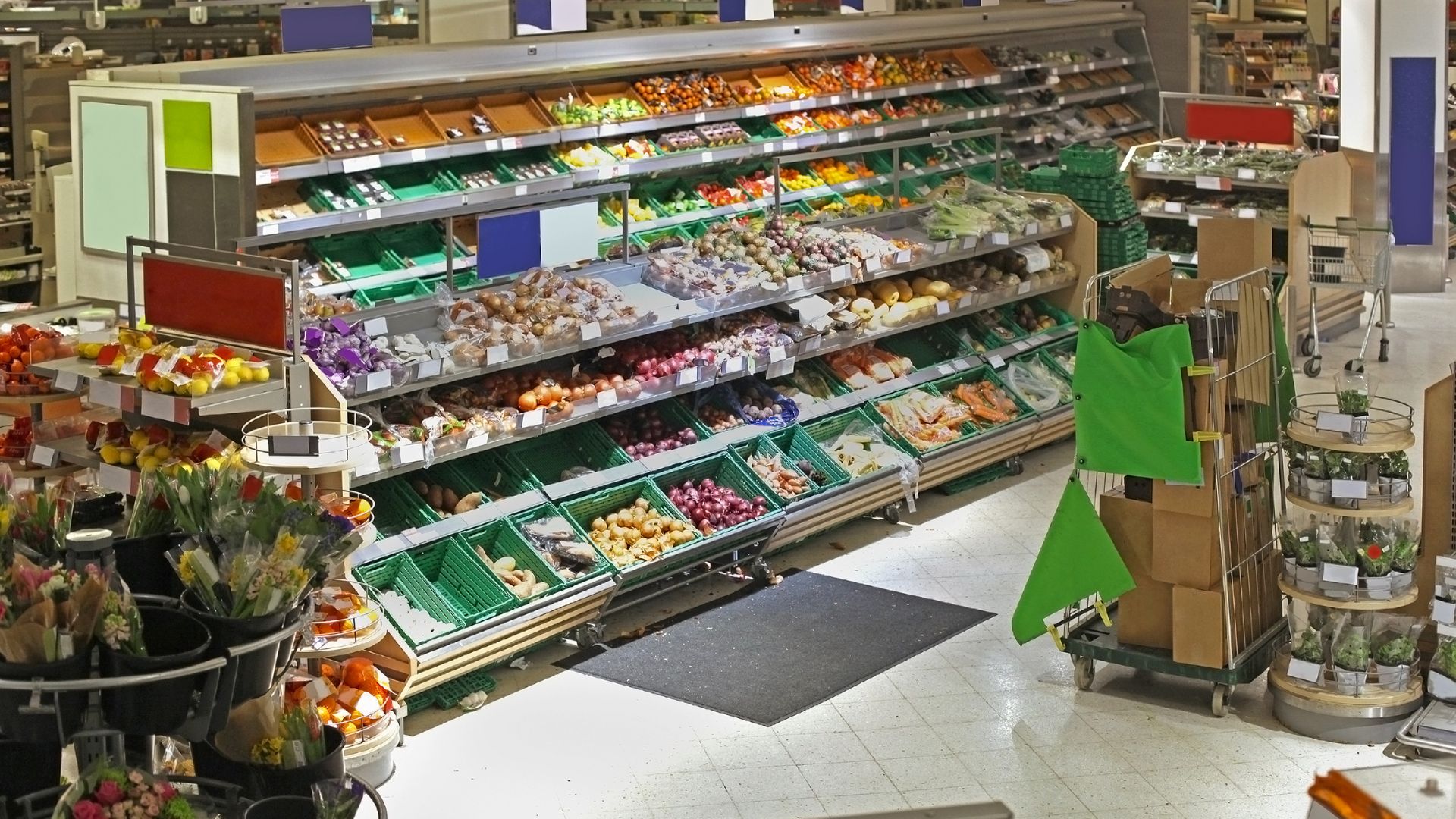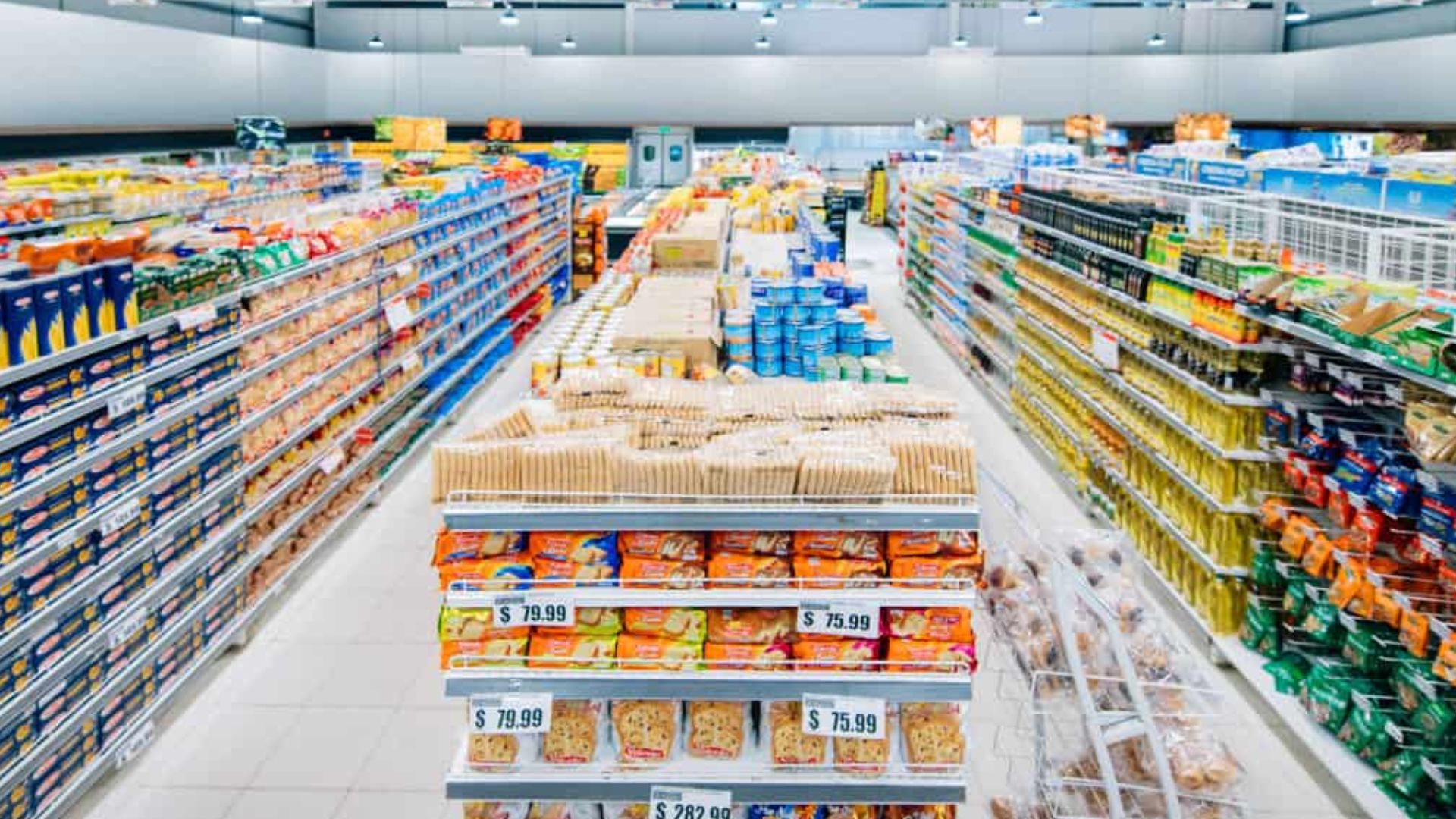Retail software has transformed the way CPG brands operate in-store, helping them track critical shelf KPIs such as on-shelf availability, planogram compliance, and share of shelf. With the global retail management software market expected to hit $41.75 billion by 2029, growing at a 13.5% CAGR, CPG brands increasingly rely on these systems to streamline operations and improve their in-store presence.
By addressing challenges like maintaining proper stock levels, optimizing product placement, and tracking promotional compliance, retail software empowers CPG brands to make data-driven decisions that boost sales and efficiency. The ongoing evolution of retail software continues to enhance the accuracy and real-time insights CPG brands need to maximize their in-store presence and profitability.
Key Takeaways
- Comprehensive Retail Solutions: Retail software integrates systems that streamline in-store operations and enhance sales strategies.
- Real-Time Data for Shelf Monitoring: Real-time data helps CPG brands track on-shelf availability and product placement accuracy.
- Cost Savings & Scalability: Automation of in-store processes leads to cost savings and operational efficiency for multi-location businesses.
- Data-Driven Decision Making: Analytics and reporting empower CPG brands to make data-driven decisions for optimizing product placement and promotional strategies.
Types of Retail Software
Retail software solutions are designed to help businesses optimize in-store performace and improve sales management. Below are some key types of software that can enhance CPG brands' operations in physical stores.
1. ShelfWatch for Retail Execution
ParallelDots' ShelfWatch is a top retail execution software that provides CPG brands with real-time shelf insights using image recognition technology. It helps businesses ensure planogram compliance, monitor on-shelf stock levels, and track promotional execution.
This software allows brands to optimize shelf visibility, identify missed opportunities, and improve in-store sales with actionable, real-time data.
2. Point of Sale (POS) Systems
At the core of every retail transaction is the POS system. These systems handle payment processing, sales tracking, and management, ensuring that products are available when customers are ready to make a purchase. Popular systems like Shelfwatch offer robust features like real-time reporting and mobile payments, designed for in-store retail execution.
Modern POS systems help track real-time sales data and improve the sales performance of products in-store. These systems make checkout smoother and improve the customer experience.
3. Merchandising Software
Merchandising software helps CPG brands ensure that their products are presented in a way that maximizes visibility and consumer engagement. These tools assist with planogram compliance, shelf space optimization, and managing in-store displays.
This software allows for effective tracking of how products are positioned on shelves and provides insights into product availability, shelf share, and visibility in physical stores. It helps CPG brands improve their retail execution by ensuring products are placed strategically to attract consumer attention.
4. Customer Relationship Management (CRM) Software
CRM software is essential for CPG brands looking to improve sales execution. By tracking customer preferences and purchase history, CRMs allow brands to ensure their products are always available when needed, helping CPG brands maintain strong, long lasting relationships with their customers.
With CRM systems, CPG brands can ensure that customers find the right products and have a seamless experience, without focusing on online personalization or customer behavior data.
5. E-commerce Platforms
With online shopping booming, platforms like Shopify and Zoho are becoming essential. These platforms allow companies to create online stores, manage products, process payments, and handle order fulfillment.
E-commerce platforms integrate seamlessly with POS and inventory systems, ensuring that sales are consistent across online and in-store channels. This is crucial for businesses taking an omnichannel approach to retail.
6. Retail ERP Systems
CPG brands often rely on ERP systems to centralize control over in-store operations, from sales and marketing to product availability.
These comprehensive systems give businesses centralized control, making them ideal for businesses that want to streamline physical store operations and improve retail execution.
7. Promotion Management Software
CPG brands often run in-store promotions to boost sales, and promotion management software ensures that these campaigns are executed effectively. This software helps brands plan, track, and analyze the success of their in-store promotional efforts.
With this software, CPG brands can ensure that promotional materials are properly placed and that pricing, discounts, and offers are correctly implemented in-store. It also provides insight into which promotions are driving sales, helping to fine-tune future campaigns.
8. Mobile Retail Applications
Mobile apps are essential for enhancing in-store experiences for CPG brands. They help customers with product search, mobile payments, and provide targeted offers and promotions.
These apps help CPG brands optimize their in-store experience by offering loyalty programs, barcode scanning, and mobile payment options.
What Are Key Features of Retail Software?
Retail software is an essential tool that drives efficient retail operations, offering a suite of features that address a wide range of business needs.
Let’s look at the key features that define effective retail software solutions.
1. User-Friendly Interface
A user-friendly interface is essential for ensuring that both employees and customers can easily interact with the system. Whether it's staff handling transactions or customers navigating an in-store product display, simplicity and intuitive design are crucial. An easy-to-use platform reduces training time, minimizes errors, and enhances the overall user experience.
2. Real-Time Data and Reporting
In the fast-paced retail environment, real-time data is invaluable for decision-making. Retail software that offers live reporting on sales and product availability allows businesses to make quick adjustments and optimize their operations. With this information, retailers can respond to market shifts, customer preferences, and product trends much faster.
3. Pricing and Discount Management
Effective pricing and discounting are critical to driving sales, especially during seasonal promotions. Retail software allows businesses to set up and manage pricing strategies and discounts, ensuring that they are consistently applied across all channels. With the ability to track competitor prices, retailers can adjust their pricing dynamically to stay competitive while maximizing profits.
4. Analytics and Reporting
Retail software typically includes analytics and reporting tools that provide businesses with data-driven insights. These insights can be related to sales performance, product visibility, and consumer interaction with products in-store. By analyzing these reports, businesses can make informed decisions that improve their operations, marketing strategies, and sales forecasts. Analytics allow businesses to quickly identify trends, track KPIs related to product performance, and adjust strategies to achieve better results.
5. Security Features and Compliance
Security features and compliance are foundational to retail operations. Sophisticated compliance tools ensure adherence to regulations by securing transactions and protecting against fraud. Compliance features help ensure that retailers adhere to industry regulations, such as PCI-DSS standards for payment security, GDPR for data privacy, and other relevant laws.
How to Overcome Challenges in Implementing Retail Software?
Implementing retail software comes with its own set of challenges, which can significantly impact the rollout process and subsequent success. Overcoming the challenges requires a strategic approach to ensure seamless implementation and effective use.
Here’s how to address common obstacles:
- Data Security Concerns: Retail software handles sensitive product data and customer details, so adopting secure, compliant software with end-to-end encryption and regular updates is essential. Stay ahead of security risks with regular audits and training for your team to protect valuable business data.
- User Training: Employees may struggle with new software, affecting adoption rates. To overcome this, invest in comprehensive training programs and ensure ongoing support from your vendor to facilitate smooth adoption.
- High Initial Costs: While the upfront costs of implementing retail software can be high, focus on long-term ROI by selecting scalable solutions that improve efficiency, reduce errors, and enhance the in-store product experience.
- Customization Challenges: Not all CPG brands have the same needs. Choose software that offers customization options or partner with vendors who can tailor solutions to fit your business’s specific retail execution requirements, ensuring your products are easily found and picked by customers.
- Continuous Maintenance: Retail software requires regular updates and ongoing maintenance to stay current. Plan for regular software upgrades and establish a reliable support system to resolve any issues swiftly and ensure uninterrupted retail operations.
How ParallelDots Helps Brands Utilize Retail Execution Software?
ParallelDots offers cutting-edge AI-powered solutions tailored to help CPG brands optimize their operations through image recognition (IR) and computer vision. As retail environments become more complex and competitive, leveraging artificial intelligence is essential for streamlining processes, boosting efficiency, and driving sales growth.
Here’s how ParallelDots supports retailers:
- AI-Powered Shelf Monitoring: ParallelDots' ShelfWatch platform uses AI to monitor shelves in real time, ensuring product availability and correct placement. It helps retailers and brands detect stockouts and monitor planogram compliance, improving shelf performance and reducing lost sales opportunities.
- Real-Time Pricing and Promotion Compliance: With OCR technology, ParallelDots ensures that pricing and promotional displays are executed correctly. CPG brands can track pricing gaps and promotion effectiveness, preventing errors that could impact revenue.
- In-Depth Store-Level Insights: ParallelDots provides real-time performance metrics for each store, allowing retailers to monitor key factors like product availability, planogram compliance, and promotional success, ensuring timely interventions for operational improvements.
- Seamless Integration with Retail Systems: ParallelDots' solutions integrate with existing ERP and POS systems, giving businesses a unified view of retail performance. This enables sales teams to access actionable insights and refine strategies across all stores, improving operational alignment.
- Fast AI Model Training with Saarthi: ParallelDots Saarthi technology accelerates AI model training, allowing retailers to detect new SKUs within 48 hours. This fast turnaround ensures businesses can quickly adapt to new product lines and stay ahead of market trends with 95% accuracy.
By centralizing the data, ParallelDots empowers CPG brands to gain a holistic understanding of their operations and respond quickly to changes in market dynamics.
For CPG brands aiming to leverage AI to enhance in-store execution and stay competitive, ParallelDots offers the tools and technologies needed for success. Request a demo today to experience the power of AI for retail in action!
FAQs
Q. What is the best retail software?
Ans. The best retail software depends on business needs, but popular options include solutions like ShelfWatch tailored for in-store retail execution. These platforms offer robust features like store performance tracking, product availability monitoring, and planogram compliance, tailored for CPG brands.
Q. What is a CRM in retail?
Ans. A CRM (Customer Relationship Management) in retail helps businesses track and manage customer interactions, enhance customer service, and personalize marketing. It stores data like purchase history and preferences, which improves customer engagement and loyalty.
Q. What are the three types of retail?
Ans. The three main types of retail are: Brick-and-Mortar retail, which involves physical stores where customers shop in person; e-commerce retail, which involves online stores that sell products through websites or apps; and omnichannel retail, which combines both physical and online shopping experiences for seamless customer interaction.


